Category: Scottish Fairies
A STORY is told of an inhabitant of Unst, who, in walking on the sandy margin of a voe, saw a number of mermen and mermaids dancing by moonlight, and several seal-skins strewed beside them on the ground. At his approach they immediately fled to secure their garbs, and, taking upon themselves the form of seals, plunged immediately into the sea.
THIS is a freakish spirit, who delights rather to perplex and frighten mankind than either to serve or seriously to hurt them. Shellycoat, a spirit who resides in the waters, and has given his name to many a rock and stone the Scottish coast, belongs to the class of bogles.
THERE came a woman of peace (a fairy) the way of the house of a man in the island of Pabaidh, and she had the hunger of motherhood on her. He gave her food, and that went well with her. She stayed that night.
Corrie Water is a stream running seven miles from Eskdalemuir to the Water of Milk near Lockerbie. The stream runs through Corrie, an ancient parish annexed to Hutton in 1609. It is here, according to a story by George Douglas in his Scottish Fairy and Folk Tales (1901) that fairies lived.
In his The Science of Fairy Tales’ (1891), Edwin Sidney Hartland gives the following description of a Changeling in Dumfries and Galloway. ‘In Nithsdale the elf-child displays a superhuman power of work. The mother left it on one occasion in the charge of a servant-girl, who sat bemoaning herself.
Edwin Sidney Hartland gives the following account of Dumfries and Galloway Changelings in his ‘The Science of Fairy Tales’ (1891). ‘A Kirkcudbrightshire tale represents a child as once left in charge of a tailor, who "commenced a discourse" with him. "’Will, hae ye your pipes?’ says the tailor. ‘They’re below my head,’ says the tenant of the cradle.
This stretch of water in the Scottish Borders has a ‘Water Bull’ Tarbh Uisge legend attached to it.
Changelings are part of Western Folklore, a child of a fairy type (Elf, Troll etc) which has been secretly swapped for a human baby and left in its place. George Waldron gave the following description of one he saw in the Isle of Man and it was subsequently reprinted in ‘The Science of Fairy Tales’ (1891) by Edwin Sidney Hartland.
Loch Na Fideil was reputedly the home of a legendary female creature or spirit known as the Fideal after which the body of water is named (Loch of the Fideal). Depending upon which source you read, she attacks either men or women and children, dragging them down under the water in order to devour them.
The isolated fresh water Loch Coruisk (Cauldron of Waters) on the Isle of Skye was thought to be the abode of a kelpie.

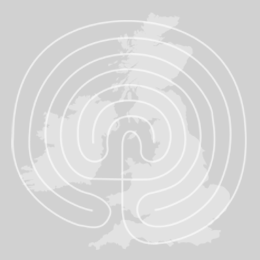
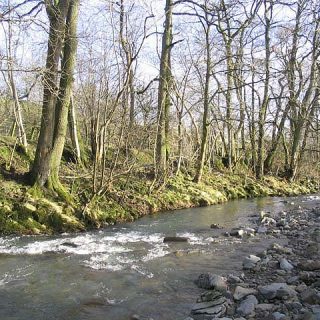
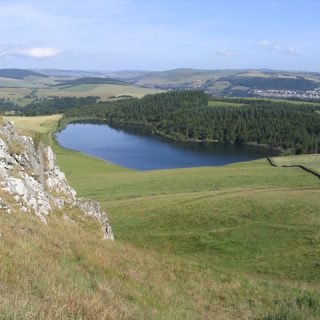
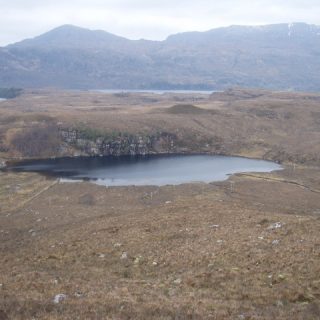
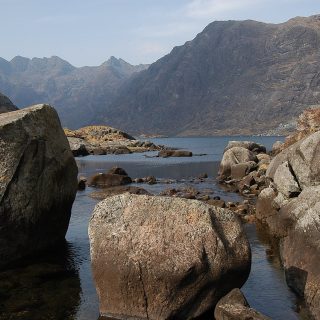
Recent Comments